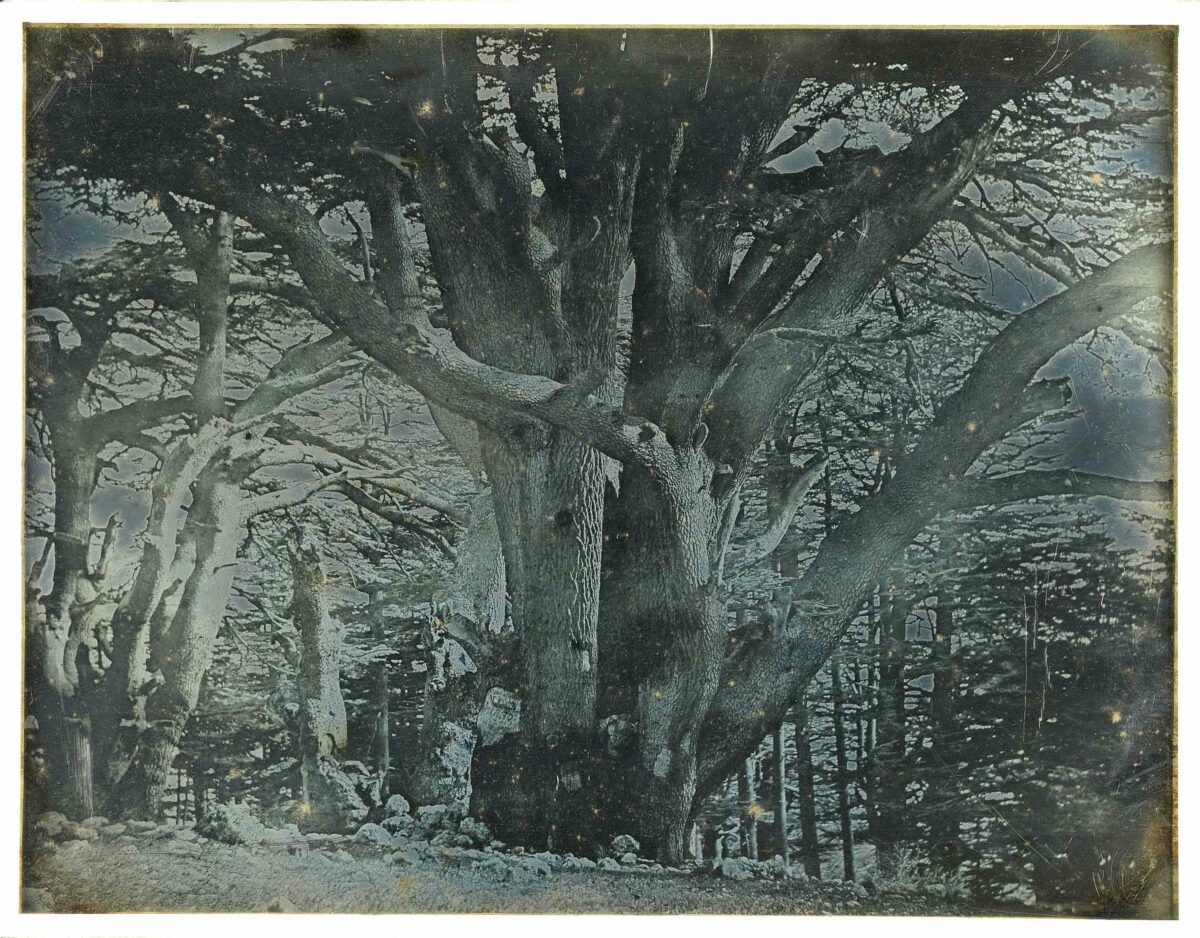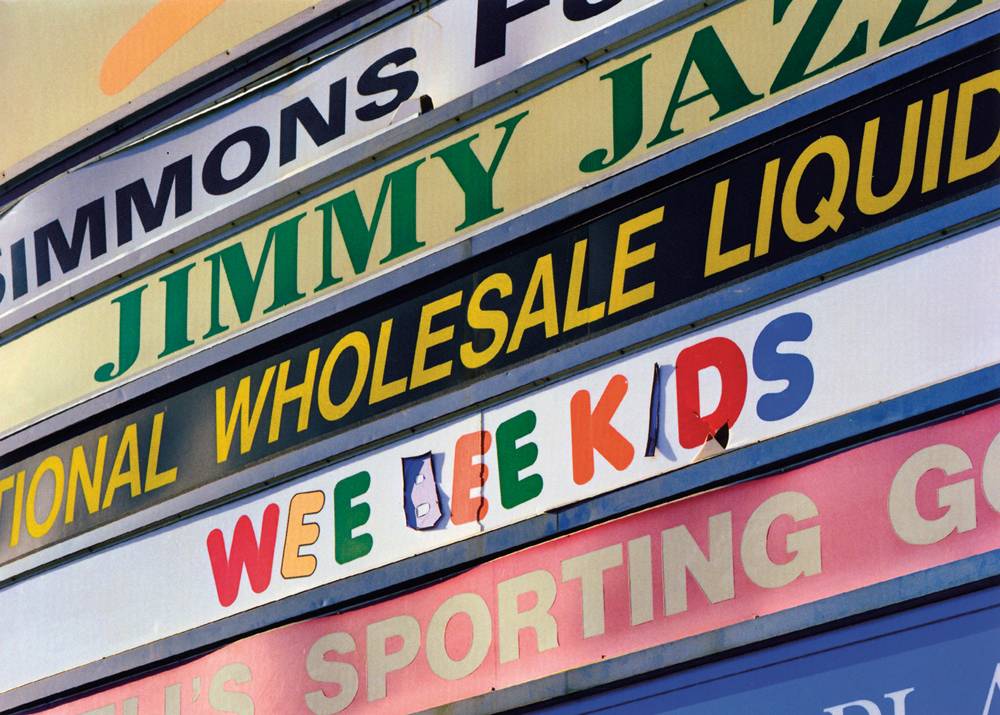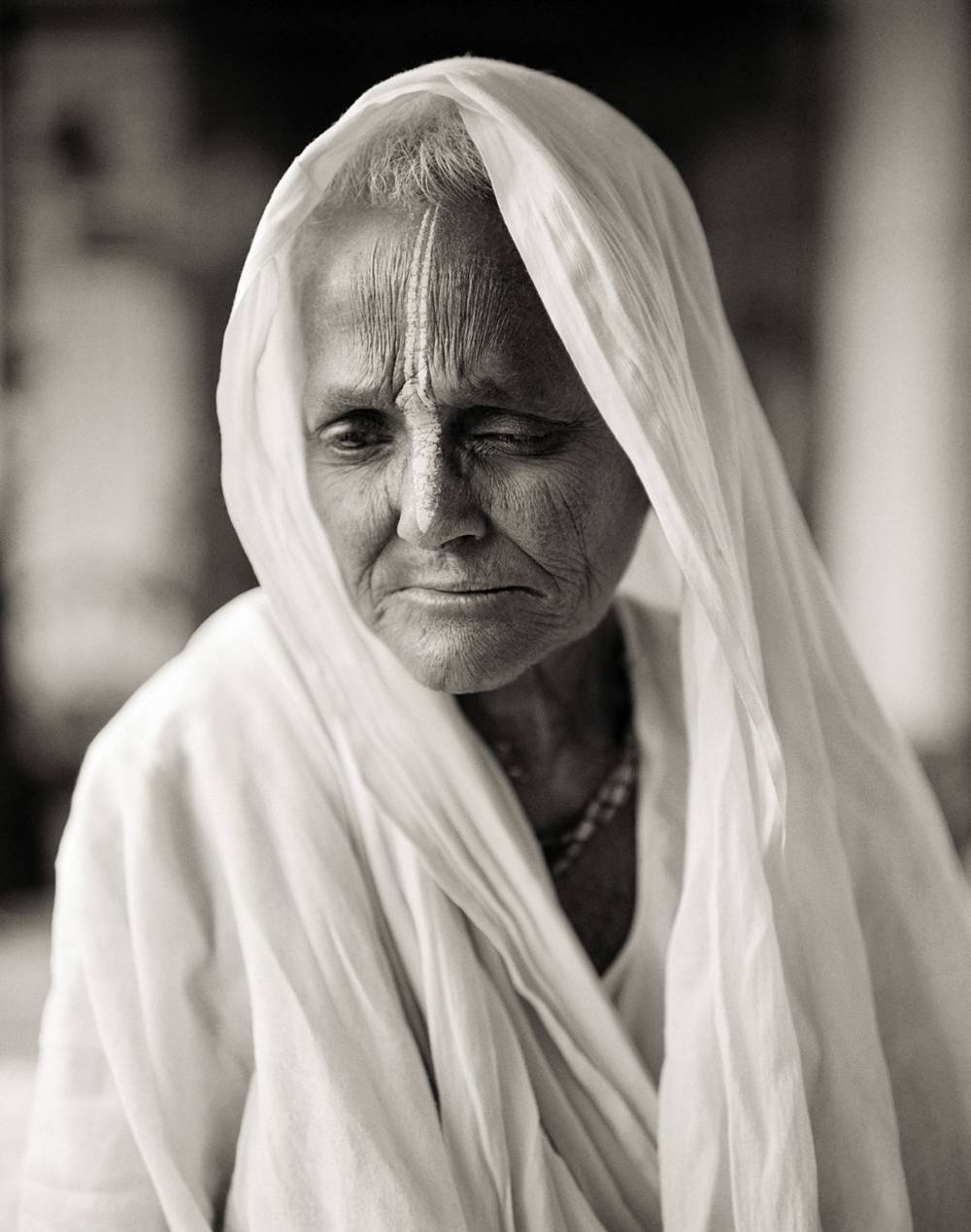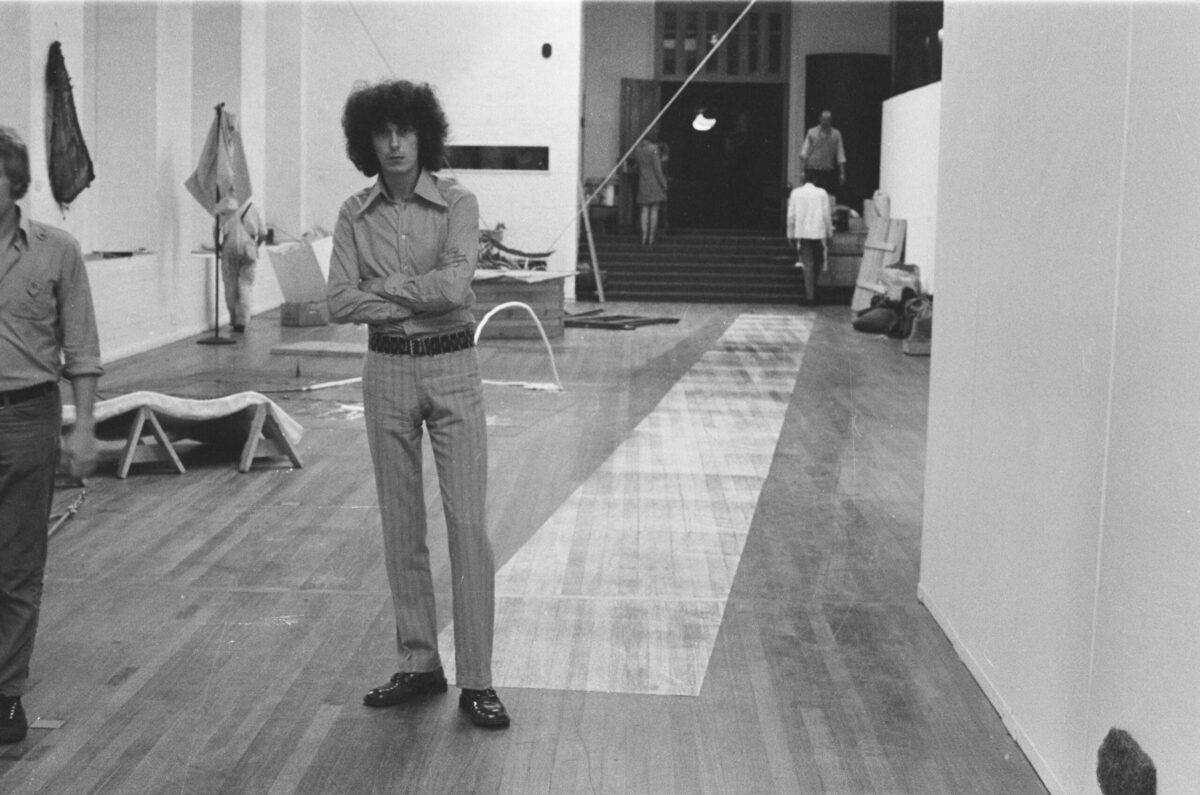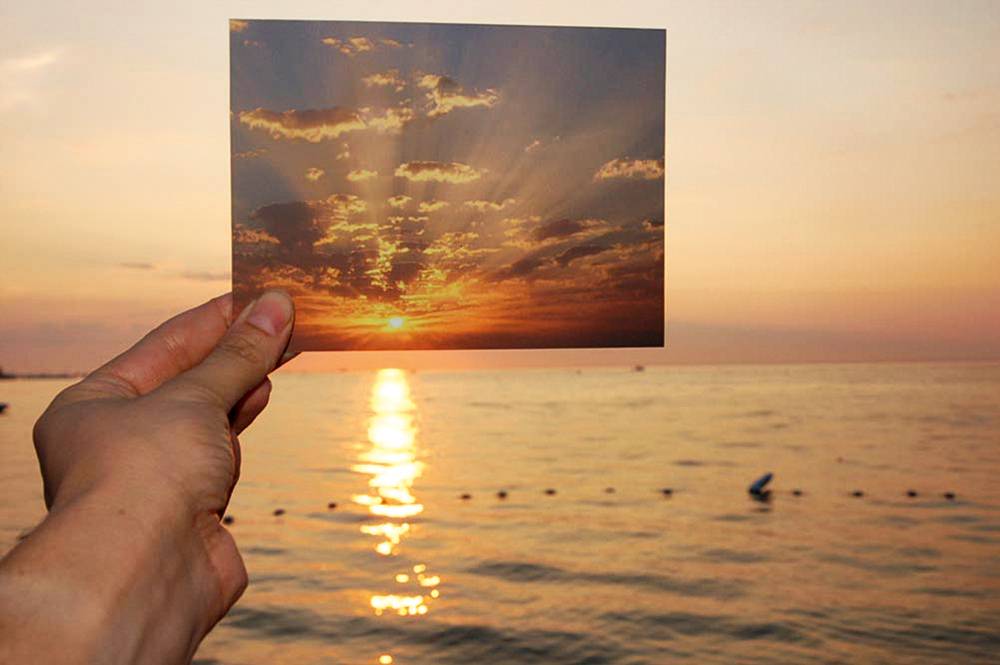Make room on your shelves for a slew of fine new monographs, including several candidates for this year’s Top 10 Photo Books. For your consideration: Leon Levinstein(Steidl/Howard Greenberg), the definitive survey of this great, under-appreciated street photographer’s work, is also one of the best books about New York at its most lived-in and lowdown – a city of tough guys, working girls, lovers, and loners that tourists rarely see. Sensitively sequenced and introduced by Bob Shamis, the work will remind you of Lisette Model, William Klein, Diane Arbus, and Weegee, all of whom covered similar ground, but Levinstein has a raw power all his own; he gets unsettlingly close to his subjects, looks hard, and never flinches. Bonus: a chapter of color work, previously unseen. In Jaromír Funke: Between Construction and Emotion (Kant), Antonin Dufek might be overstating his case when he compares the avant-garde Czech photographer to Moholy-Nagy and Man Ray, both of whom enjoyed considerably more international recognition in their lifetime and since. Funke remains little known, but his work from the 1920s and ‘30s has earned him more than a footnote in the history of European modernism. Although there are a lot of Bauhaus-style skewed compositions here, the core of the book is rich and solid, with a wide range of photograms, light abstractions, portraits, and nudes, as well as impeccably stylish still lifes of the sort his student, Josef Sudek, became even better known for. Another, uniquely American branch of 20th-century modernism gets its due in Paul Martineau’sMinor White: Manifestations of the Spirit (Getty). One of the founders and an early editor of Aperture magazine, White was influenced by Edward Steichen, Ansel Adams, and Edward Weston and is still in their shadow. But his work’s Zen-inflected spiritual bent – manifested in a sustained and transcendent series of nature studies – sets it apart. So do his photographs of the male nude, including images of one muscular young student – a sequence Martineau compares to Stieglitz’s studies of Georgia O’Keeffe, but one that the closeted and conflicted White never published in his lifetime. Printed in full for the first time here, it suggests the erotic underside of the book’s otherwise austere sensuality.
Horst: Photographer of Style (Skira/Rizzoli), the catalog to Susanna Brown’s knockout Victoria & Albert exhibition (up through January 4), is one of the savviest books so far on the photographer who epitomizes the neoclassical style in fashion and portraiture of the 1930s and ‘40s. As Brown points out early on, Horst’s style was regularly refreshed with baroque, surrealist, and modernist influences; applied to his broad range of interests (interiors, travel, the nude), it gave him the flexibility and strength for a long and varied career. Working primarily for Vogue, Horst perfected the studio shot – meticulously staged, dramatically lit, flawlessly elegant – for both fashion and celebrity portraits (Coco Chanel, Marlene Dietrich, and Luchino Visconti have cameos here). Brown and a number of excellent essayists cover it all, shrewdly and thoroughly, including less examined aspects of the work (nature studies, the use of color) that open up new areas of interest. A similarly engaging, magazine-style approach characterizes Snowden: A Life in View (Rizzoli), a breezy, brilliant, superbly designed overview of the life and work of the former Antony Armstrong-Jones. With essays and remembrances by a stellar cast (from Tom Ford to Robin Muir) and a running narrative by the man himself, Snowden is packed with vivid anecdotes and informed opinions. The book’s visuals are just as absorbing, tracking the career through magazine spreads, newspaper headlines, scrapbook pages, sittings diaries, and, of course, photographs. An ideal balance of image and text, it’s the very model of a modern memoir.



